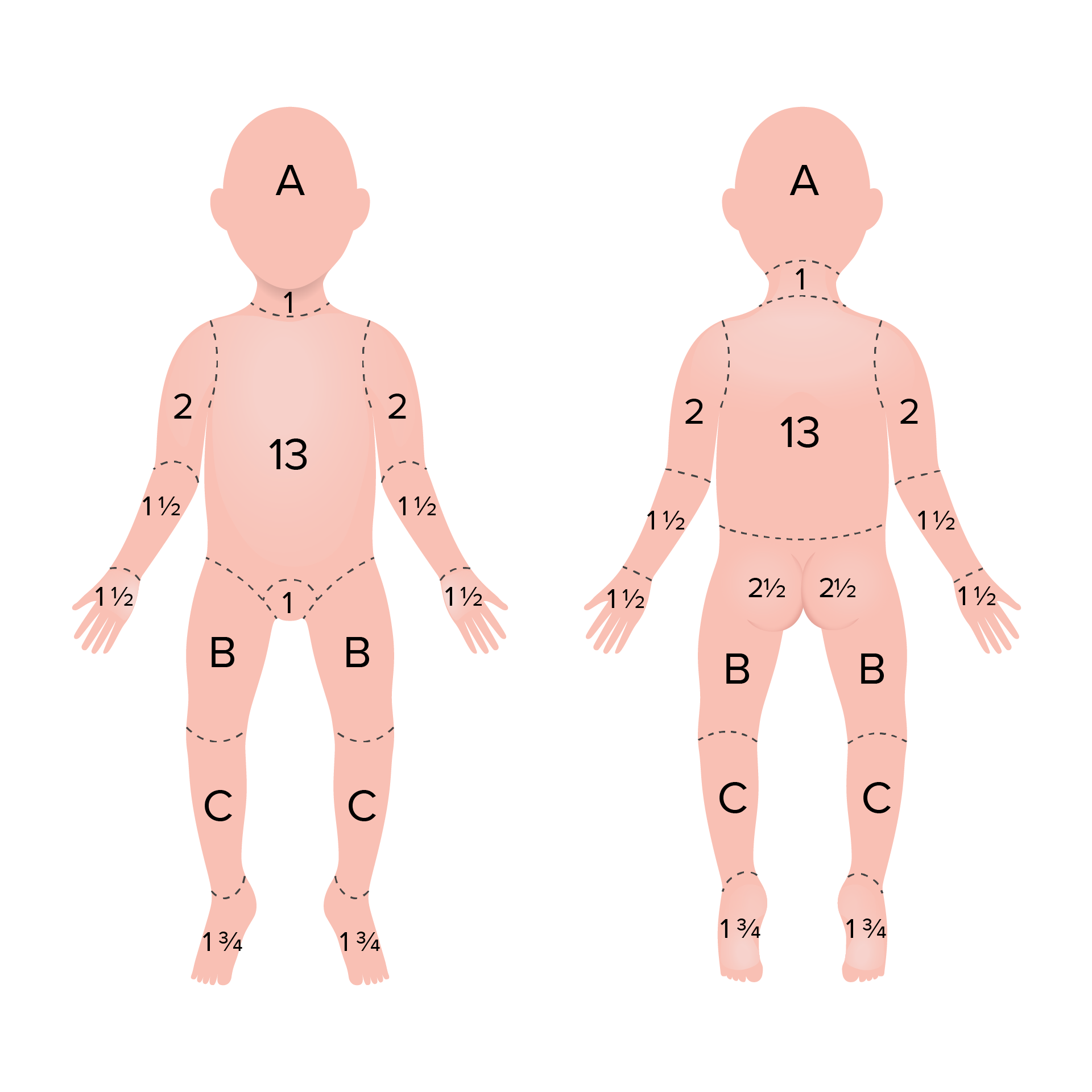Playlist
Show Playlist
Hide Playlist
Burns: Scenario 1
00:01 You know, the reason why we spend a little bit of time in burns is just because, it's in the syllabus. 00:10 And there is not big difference between with level for Part B and part A because burns is more of a theory in your exam. 00:17 So in your Part A you pretty much need to know, more or less what is needed for Part B apart from a slightly higher level. 00:25 And you always get at least one or two questions in burns and that will be related to plastic surgery, in terms of, is it plasty or skin graft. 00:33 So if I cover this, we will be able to discuss those four or five questions. 00:39 Okay, the easiest way to cover it is to give you a scenario and then we'll just go look at the aspects in that. 00:46 So here, you have a inpatient 55% burn, full thickness, reduced GCS, circumferential. 00:56 These are the important aspects, okay? Okay, what are the main concerns at this point? What are you really worried about in this patient? One, Dehydration. 01:10 Airway inhalation injury, compartment syndrome, well, circumferential burn, you will, okay fine. 01:20 Yes, but one more concern GCS, reduce GCS. 01:23 Okay head injury, reduce GCS. 01:25 Okay. 01:26 Fluid management. 01:29 How much fluid do you want and what fluid? Very good. 01:42 It's Hartmann's, it is Hartmann's. 01:43 In the UK, it's always Hartmann's. 01:45 The resuscitation fluid in the UK is Hartmann's, 3 to 4 ml per kilogram, per percentage burn, half of this given in the first eight hours and the rest of it given the next 16 hours. 01:59 Okay. 01:59 So in this patient, Hartmann's, 55 x (the body weight) So I know, (percentage burn) x (body weight) x 4, definitely 20 liters. 02:11 Half of this is given in the first 8 hours. 02:15 Okay. 02:17 What are the investigations relevant in this patient? Yes, before the fabric on your electrolytes. 02:28 And couple more specific things for burns. 02:32 ABG, high carboxyhemoglobin level. 02:35 Okay, and then you can mention trauma series, skull x-ray or pelvis, just depending on where you think the other trauma is. 02:45 Okay. 02:46 So for the record you utilize glucose carboxyhemoglobin, ABG and trauma series. 02:53 Okay. 02:53 Why do you have to do trauma series in a burn patient? Okay, fair enough, house fire? Yeah, just jumping out. 03:03 Yeah. 03:04 Okay, so that's why you're always suspecting associated injury in a patient with a burn who's got a low GCS. 03:14 Okay.
About the Lecture
The lecture Burns: Scenario 1 by Stuart Enoch, PhD is from the course Trauma and Post-OP Management.
Customer reviews
5,0 of 5 stars
| 5 Stars |
|
5 |
| 4 Stars |
|
0 |
| 3 Stars |
|
0 |
| 2 Stars |
|
0 |
| 1 Star |
|
0 |




